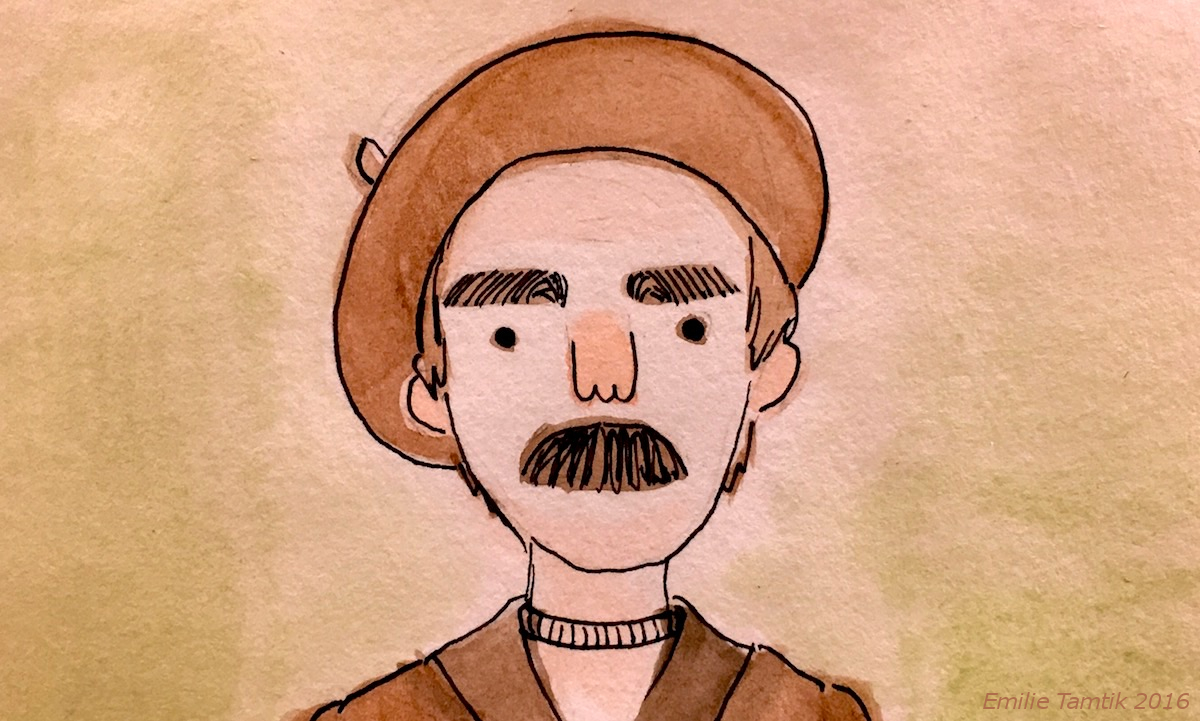In an event presented by the Estonian Arts Centre, Dr. Toomistu will screen her film and discuss it with audiences at the Alliance Française de Toronto (24 Spadina Road, M5R 2S7) on May 18th at 6:45 PM. Before that, however, read about some of her key findings on the motivations and migrational patterns of Generation Y Estonians.
How would you summarize the main thesis of Homing Beyond?
My idea was not to create a homogenized view of the young Estonian diaspora, but rather, to do the opposite; to show that there are a variety of experiences, a variety of reasons why someone leaves Estonia to begin with. To open up the plurality of voices in this experience of migrating from a small East European country such as Estonia and going to places which can be seen as the West.
What would you outline as the most common reasons why people desire to leave Estonia?
For the generation that grew up during the years of transition of the 90s, their childhood was very much influenced by the public discourse in Estonia, of catching up with the west, of the transition from a socialist state to an independent democratic state, of a symbolic journey to the west. So it is really not surprising that when this generation became adults, a lot of them wanted to go abroad. We made an online survey with over 2,000 respondents from that generation who have had migratory experiences, and 80% of them listed a desire to see the world as one of the main reasons. To go abroad to study or to work or to have an adventure.
If you look at the statistics, quite close after that come economic reasons, such as better life circumstances, or better remuneration, better salary. But it's not just so-called “pull factors” that make people move, things you're attracted to abroad. There are also “push factors” – when you can't be where you are. These affect a smaller portion of people, but I think it's necessary to show because this is something that has been silenced so far.
Among those people who desired to see the world, did you find that a lot of them wanted to return eventually?
Yes. Our survey showed that three quarters of people who are currently living abroad are thinking about returning. Fairly often, they don't think that leaving is an existentially important step. These people don't see themselves as immigrants, per se. And so, there have been instances where someone says that they never left, that they're just a little bit outside of Estonia, and this has already lasted for 11 years.
In speaking with Estonian youth, what is one interaction that made the deepest impression on your work?
After travelling and visiting these people and having 21 very deep, very long interviews, plus about 15 interviews on Zoom, I think the message is that these people would like to see themselves more as part of Estonian society. What really moved me personally is the tension between generations. I sympathize with the anxieties that older generations might have about their children deciding to go abroad, creating new families there, the fear that their grandchildren perhaps wouldn't be able to speak Estonian and communicate with them, that they might not be able to see their grandchildren.
But I think this widening of mobility is inevitable. You don't need to stay forever in a place where you were born and raised. I think it is especially important for a tiny society like Estonia to have transnational experiences. The key question is how to keep the door open, so that when people have either gained international experience or finished some education abroad, that they would feel welcome, or they would have something attractive in Estonia for their return.
Sexual and racial discrimination are some reasons why Estonians leave the country. In your anthropological research previously, you have studied marginalization in other parts of the world, particularly the waria community of transgender women in Indonesia. Are there parallel concepts that appear in both situations?
I wouldn't say that emigration from Indonesia for this reason is comparable to the relative size of Estonian emigration. But certainly, when we think of transgender women in Indonesia, they are often migrating from smaller villages to bigger cities where they would have a community where there is a possibility of self-expression. So I think this migratory pattern is comparable.
When we think of some Estonian women or men, whether they are part of sexual minorities or they simply feel that the way gender is organized in Estonia is somehow limiting their ways of being, they move to other cities where they suddenly feel more at home. And it's simply related to finding similar values and attitudes.
For the documentary screening on May 18th in Toronto, what ideas would you suggest audiences consider before watching?
This film is about a specific generational pattern. It's important to pay attention to the experiences on screen, which may enable us to shift our understanding of the Estonian diaspora on a political, symbolic, or everyday level. The film also questions how open Estonian society is to welcome return migration––let's say, of people who are of Estonian identity but may not speak Estonian, or who might have a partner who is not Estonian, who might not be white. All these ideas are related to these testimonies that we see in the film.
This interview has been edited and condensed.
***
To register for the reception, film screening, and discussion, visit estoniancentre.ca . This is a pay-what-you-can event.



